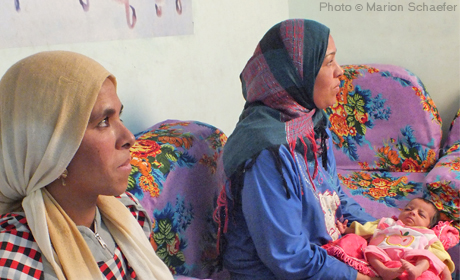Key humanitarian results 2022

Total people reached with all types of GBV services

Total women reached with all types of SRH services

Number of people reached with SRH/GBV information and awareness activities

Number of people reached with Humanitarian Cash & Voucher Assistance

Number of safe spaces

Number of health facilities that provide specialized GBV services (including Clinical Management of Rape), supported by UNFPA

